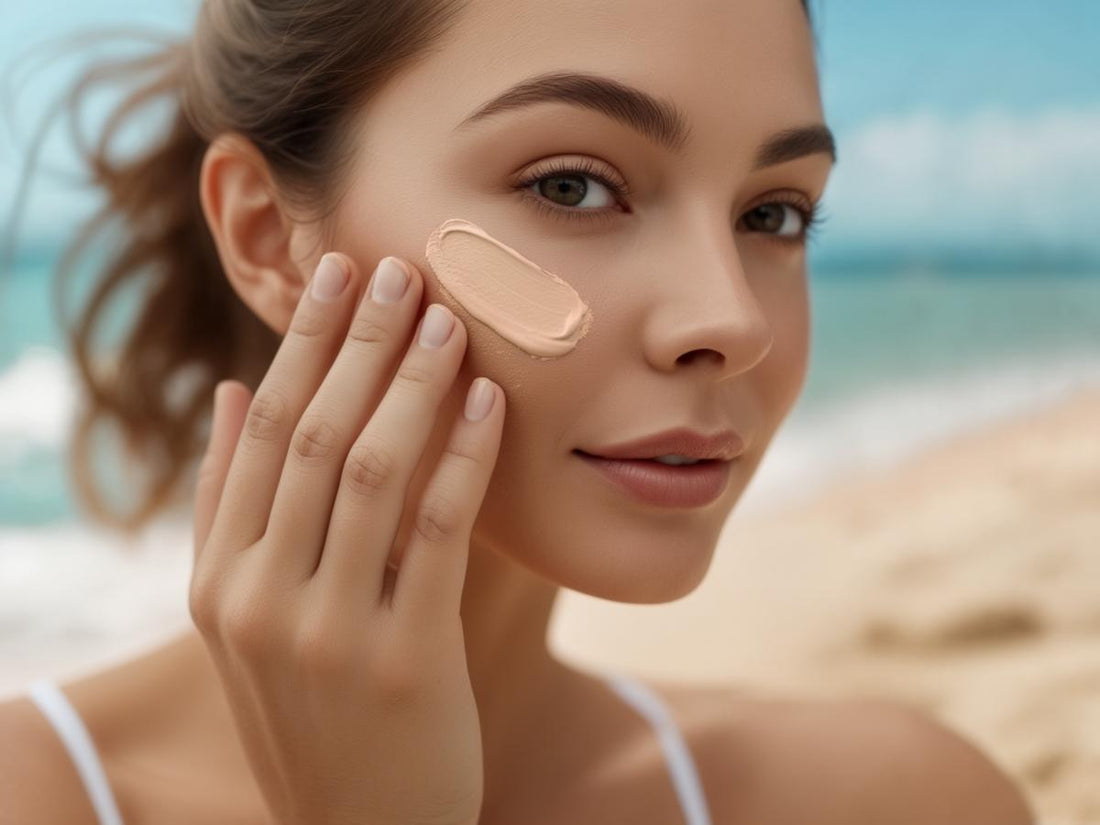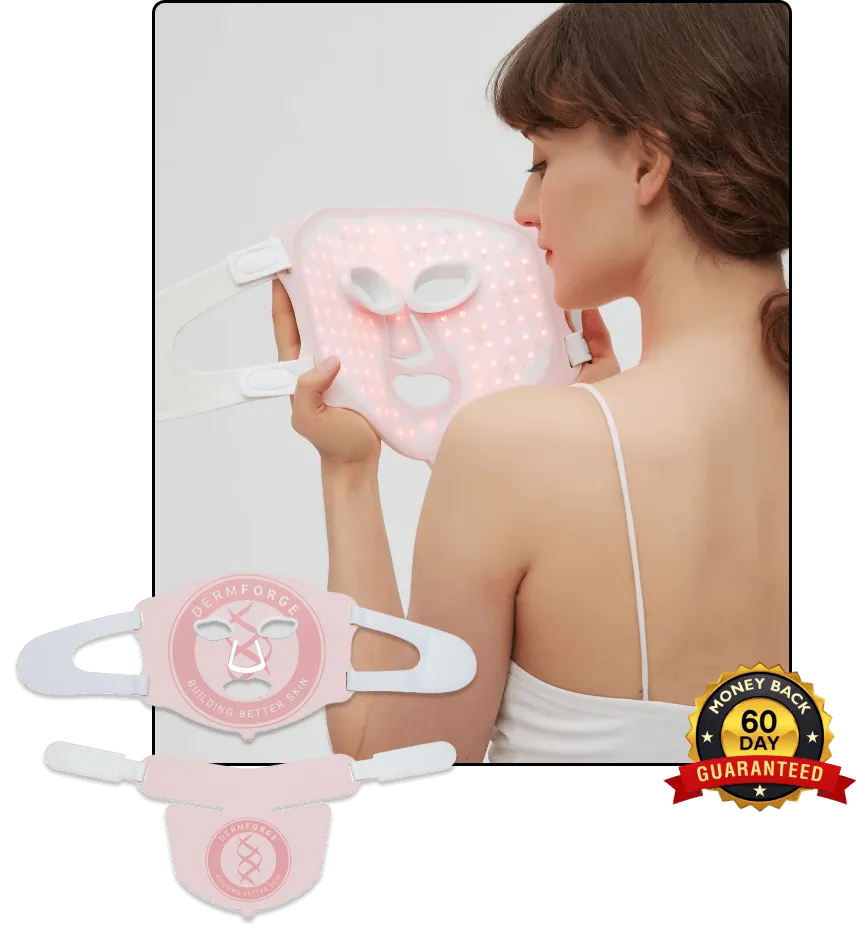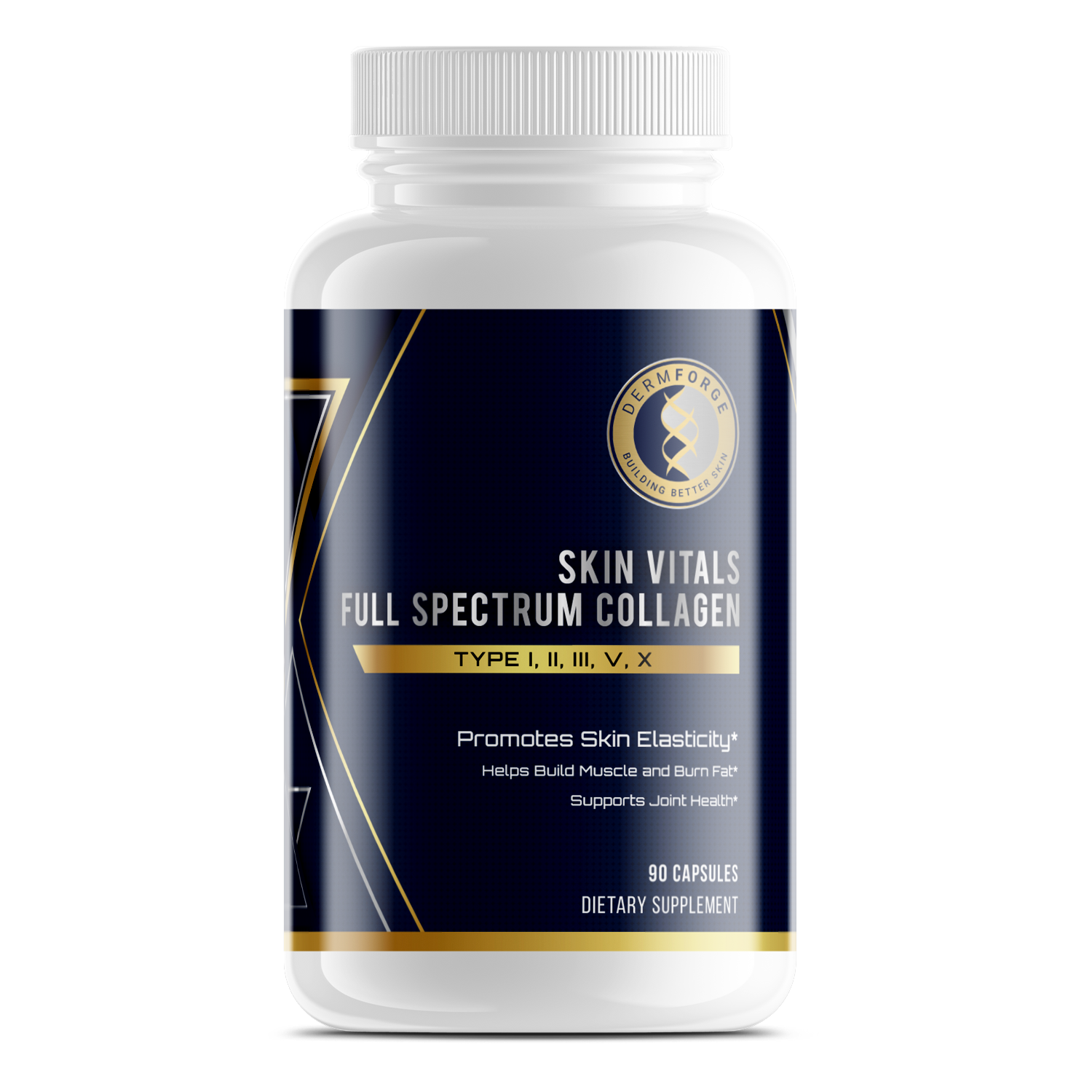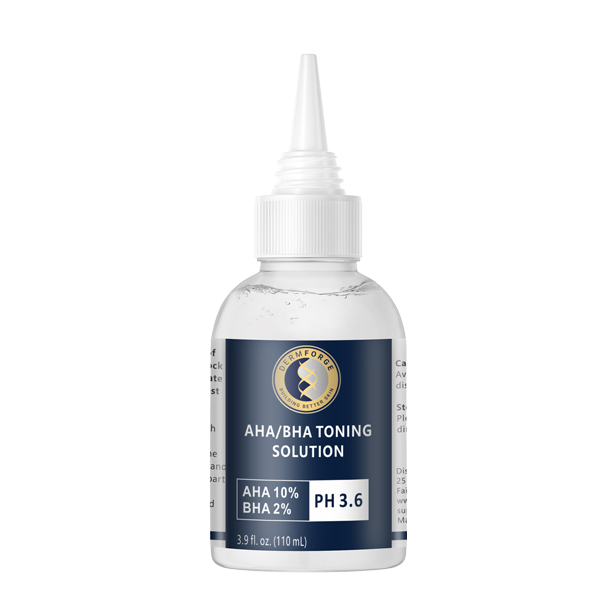Incorporating tinted sunscreen into your daily routine offers a multifaceted approach to skin protection. These products not only shield against harmful UVA and UVB rays but also defend against visible light, including blue light emitted by digital devices. The inclusion of iron oxides in tinted sunscreens enhances this protection, making them particularly beneficial for individuals prone to hyperpigmentation or melasma.
Moreover, tinted sunscreens provide a subtle, skin-evening tint, allowing for a natural glow while simplifying your beauty regimen. This dual functionality makes them a practical choice for daily use, combining cosmetic benefits with essential sun protection.
By protecting skin with tinted sunscreen, you address multiple skincare concerns simultaneously. This approach not only safeguards your skin from various light-induced damages but also promotes a more even and radiant complexion. Adopting such products can be a strategic addition to your skincare arsenal, offering both preventive and aesthetic advantages.
How Tinted Sunscreen Works: A Blend of Skincare and Sun Protection
Tinted sunscreen merges sun protection with cosmetic benefits, offering a harmonious blend of skincare and coverage. It combines mineral or chemical UV filters with pigments to shield your skin from harmful rays while evening out your complexion.
Mineral-based tinted sunscreens typically contain zinc oxide or titanium dioxide. These ingredients physically block UVA and UVB rays by reflecting them away from the skin. The added pigments, often iron oxides, provide a subtle tint that matches various skin tones. This tint not only enhances your natural glow but also helps mask the white residue common in traditional mineral sunscreens.
Chemical-based tinted sunscreens, on the other hand, utilize organic compounds like avobenzone or octinoxate. These absorb UV radiation, converting it into harmless heat. The inclusion of pigments in these formulations offers light coverage, similar to a foundation, while maintaining effective sun protection.
A significant advantage of tinted sunscreens is their ability to protect against visible light, including blue light emitted by digital devices. Research indicates that iron oxides in tinted sunscreens can reduce hyperpigmentation by blocking visible light, making them particularly beneficial for individuals prone to melasma or dark spots.
Comparatively, non-tinted sunscreens, especially mineral ones, may leave a white cast on the skin, which can be more noticeable on darker skin tones. Tinted formulations mitigate this issue by blending more seamlessly, providing a more natural finish.
Incorporating tinted sunscreen into your daily regimen not only safeguards your skin from UV damage but also offers cosmetic benefits. By protecting skin with tinted sunscreen, you achieve a more even complexion and reduce the need for additional makeup products.
Benefits of Tinted Sunscreen for Skin Health
Protecting skin with tinted sunscreen offers multiple benefits beyond traditional sun protection. Firstly, tinted sunscreens provide broad-spectrum defense against both UVA and UVB rays, crucial in preventing sunburn and premature aging. The added pigments, such as iron oxides, enhance this protection by shielding the skin from visible light, including blue light emitted by digital devices. This comprehensive coverage helps prevent hyperpigmentation and melasma, conditions exacerbated by visible light exposure.
Moreover, many tinted sunscreens are formulated with hydrating ingredients like hyaluronic acid and squalane, which maintain skin moisture and improve elasticity. The inclusion of antioxidants, such as vitamin C and E, further aids in neutralizing free radicals caused by environmental pollutants, thereby enhancing overall skin health.
Additionally, tinted sunscreens often offer light coverage, effectively evening out skin tone and reducing the appearance of minor imperfections. This dual functionality allows them to serve as both a protective measure and a cosmetic enhancer, simplifying skincare routines.
Incorporating tinted sunscreen into your daily regimen not only safeguards your skin from various harmful rays and pollutants but also provides hydration and a more even complexion. This multifaceted approach makes tinted sunscreen a valuable addition to any skincare routine.
Choosing the Right Tinted Sunscreen for Your Skin Type
Selecting the appropriate tinted sunscreen for your skin type is essential for effective protection and optimal skin health. For oily skin, opt for a matte-finish, oil-free formula that controls excess shine. Products like Australian Gold Botanical Tinted Sunscreen are specifically designed to reduce oiliness, providing a powdery finish without greasiness.
If you have dry skin, choose a tinted sunscreen with hydrating ingredients such as hyaluronic acid or glycerin. These components help maintain moisture, preventing dryness throughout the day. For combination skin, a balanced formula that hydrates dry areas while controlling oil in the T-zone is ideal. Lightweight, water-based options can provide this equilibrium without clogging pores.
Sensitive skin requires gentle formulations free from fragrances and harsh chemicals. Mineral-based tinted sunscreens with zinc oxide or titanium dioxide are often well-tolerated. Ensuring the product is hypoallergenic can further minimize potential irritation.
Regardless of skin type, selecting a non-comedogenic tinted sunscreen is crucial to prevent pore blockage and breakouts. Additionally, hypoallergenic formulas reduce the risk of allergic reactions, making them suitable for sensitive skin. By considering these factors, you can effectively protect your skin with tinted sunscreen tailored to your specific needs.
How Tinted Sunscreen Helps Prevent Premature Aging and Hyperpigmentation
Protecting your skin with tinted sunscreen offers significant benefits in preventing premature aging and hyperpigmentation. Tinted sunscreens provide broad-spectrum protection against both UVA and UVB rays, which are known to cause fine lines, wrinkles, and sunspots. By incorporating iron oxides, these sunscreens also shield the skin from visible light, including blue light emitted by digital devices, which can exacerbate hyperpigmentation.
For individuals with darker skin tones, tinted sunscreens play a crucial role in preventing post-inflammatory hyperpigmentation (PIH). The added tint helps to block visible light, reducing the risk of dark spots following skin inflammation or procedures. This is particularly beneficial for those prone to conditions like melasma.
Incorporating tinted sunscreen into your daily skincare routine not only protects against harmful UV radiation but also addresses concerns related to visible light exposure. This comprehensive protection helps maintain an even skin tone and reduces the signs of aging, making tinted sunscreen a valuable addition to your skincare regimen.
Application Tips for Maximum Protection and a Flawless Finish
Achieving optimal sun protection and a flawless complexion with tinted sunscreen requires proper application techniques. To ensure effective SPF coverage, it's essential to apply the correct amount. Dermatologists recommend using approximately a nickel-sized dollop of tinted sunscreen for your face alone. This quantity ensures that you receive the full SPF benefits as indicated on the product label.
Before applying tinted sunscreen, cleanse and moisturize your skin thoroughly. This preparation creates a smooth base, enhancing product adherence and blending. Dispense the recommended amount onto your fingertips, then dot it evenly across your forehead, cheeks, nose, and chin. Using gentle circular motions, blend the sunscreen outward, ensuring even coverage without streaks. For a seamless finish, consider using a damp beauty sponge or foundation brush, especially around the hairline and jawline.
For those seeking a customized shade or additional benefits, mixing tinted sunscreen with another sunscreen product is an option. For instance, actress Leighton Meester combines two Elta MD sunscreens—one tinted and one untinted—to achieve her desired shade and optimal skin protection. This approach allows for personalized coverage while maintaining effective sun protection.
Remember, protecting skin with tinted sunscreen not only shields against harmful UV rays but also provides a subtle, even-toned glow. By following these application tips, you can maintain both the health and appearance of your skin.
Tinted Sunscreen vs. Traditional Sunscreen: Which One is Better for Everyday Use?
When choosing between tinted and traditional sunscreens for daily use, it's important to understand their differences in coverage, protection, and wearability. Traditional sunscreens, typically white or clear, focus on shielding the skin from harmful UVA and UVB rays. Tinted sunscreens, however, combine this protection with pigments that offer additional benefits. These pigments, often iron oxides, not only provide a subtle skin-tone tint but also enhance protection against visible light, including blue light emitted by screens.
In terms of coverage, tinted sunscreens can serve a dual purpose by acting as a light foundation, evening out skin tone and concealing minor imperfections. This can simplify your morning routine by reducing the need for additional makeup. Traditional sunscreens lack this feature, requiring separate cosmetic products for coverage. Wearability varies between the two; tinted sunscreens are designed to blend seamlessly, avoiding the white cast that some traditional mineral sunscreens may leave. This makes tinted options particularly suitable for individuals with medium to darker skin tones.
Protecting skin with tinted sunscreen is especially beneficial in situations where both sun protection and cosmetic coverage are desired. For instance, during outdoor activities where you might want a natural look without full makeup, tinted sunscreen provides protection and a polished appearance. Additionally, for those concerned about blue light exposure from electronic devices, the iron oxides in tinted sunscreens offer an extra layer of defense. However, if your primary concern is sun protection without the need for coverage, traditional sunscreens remain an effective choice.
Conclusion
Incorporating tinted sunscreen into your daily skincare routine offers a multifaceted approach to skin protection. These products not only shield against harmful UVA and UVB rays but also defend against visible light, including blue light emitted by digital devices. The inclusion of iron oxides in tinted sunscreens enhances this protection, making them particularly beneficial for individuals prone to hyperpigmentation or melasma.
Moreover, tinted sunscreens provide a subtle, skin-evening tint, allowing for a natural glow while simplifying your beauty regimen. This dual functionality makes them a practical choice for daily use, combining cosmetic benefits with essential sun protection.
By protecting skin with tinted sunscreen, you address multiple skincare concerns simultaneously. This approach not only safeguards your skin from various light-induced damages but also promotes a more even and radiant complexion. Adopting such products can be a strategic addition to your skincare arsenal, offering both preventive and aesthetic advantages.






